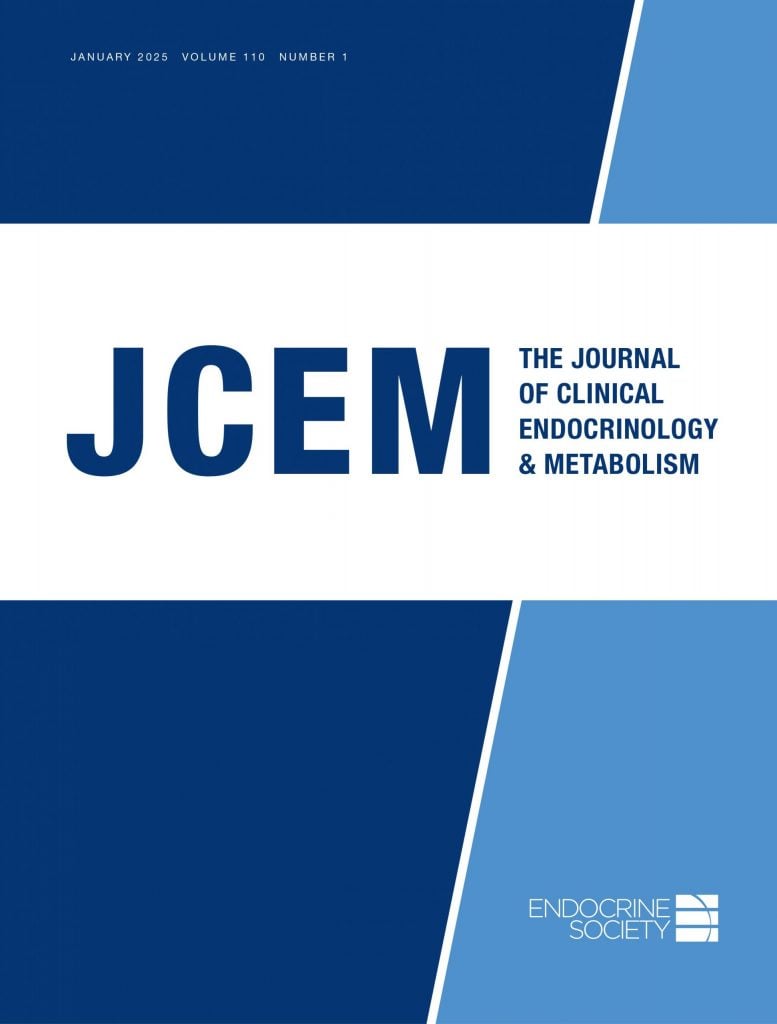Glucagon-like peptide-1 receptor agonists (GLP‑1 Ras) — such as semaglutide and liraglutide — are celebrated for producing weight-loss results comparable to bariatric surgery, improving glucose control, and reducing cardiovascular risk. Yet new questions are surfacing about what users may be losing, besides fat. A recent narrative review in the Journal of Clinical Endocrinology & Metabolism warns that these drugs may also significantly reduce muscle mass, potentially compromising long-term fitness and mobility, particularly in older adults.

The drugs, known for dramatic weight-loss effects that can exceed 20% of body mass, are transforming obesity and diabetes care. But with that transformation comes a hidden trade-off: a substantial portion of the weight lost — up to 40% — is fat-free mass (FFM), which includes muscle. To add context, individuals typically lose 8% of FFM per decade with aging. The implications for cardiorespiratory fitness, a key predictor of overall health and mortality risk, remain unclear.
“We’re seeing patients lose muscle along with fat, and we don’t fully understand how that’s affecting their physical function,” says lead author Siddhartha Angadi, PhD, FACSM, of the University of Virginia. “This could be especially problematic for older adults, who already experience natural declines in muscle and aerobic capacity.”
Cardiorespiratory fitness — measured by VO₂max — reflects how efficiently the body delivers and uses oxygen during exercise. It’s a powerful predictor of overall health and longevity. While GLP-1 RAs reliably improve metabolic markers like insulin sensitivity and blood pressure, studies show they don’t consistently improve VO₂max, suggesting that muscle loss may be undercutting their cardiovascular benefits.
“The number on the scale doesn’t tell the full story. We need to ensure that patients aren’t losing the strength and endurance that help them stay active and independent.”
The review, “Incretin Receptor Agonism, Fat-free Mass, and Cardiorespiratory Fitness: A Narrative,” underscores a growing dilemma in obesity care: Weight loss may come at the cost of physical function. Patients may lose pounds but also lose strength and resilience, leaving them more vulnerable to frailty and falls. While some researchers suggest that muscle loss could be “adaptive” — reflecting a new, lower body weight — this may not hold true for older or frailer individuals, where it could accelerate decline.
“What’s missing from the literature,” says Angadi, “is a consistent assessment of cardiorespiratory fitness and muscular function. These should be standard endpoints in trials.” Yet most clinicians focus on weight, not muscle. Tools like DEXA scans or VO₂max tests are rarely used, and there are no established guidelines for preserving muscle in patients using GLP-1s.
To mitigate risks, the authors recommend pairing GLP-1 therapy with resistance training and high-protein diets — proven strategies to maintain muscle during weight loss. Experimental drugs like enobosarm and myostatin inhibitors are also being tested to preserve lean mass, though early findings (e.g., from the BELIEVE trial) remain unpublished and show potential side effects such as elevated liver enzymes.
Ultimately, the review calls for a shift in how weight loss is defined. “The number on the scale doesn’t tell the full story,” Angadi says. “We need to ensure that patients aren’t losing the strength and endurance that help them stay active and independent.”
The takeaway: As GLP-1s become more common, obesity care must evolve to prioritize not just weight loss, but physical function and long-term health.

